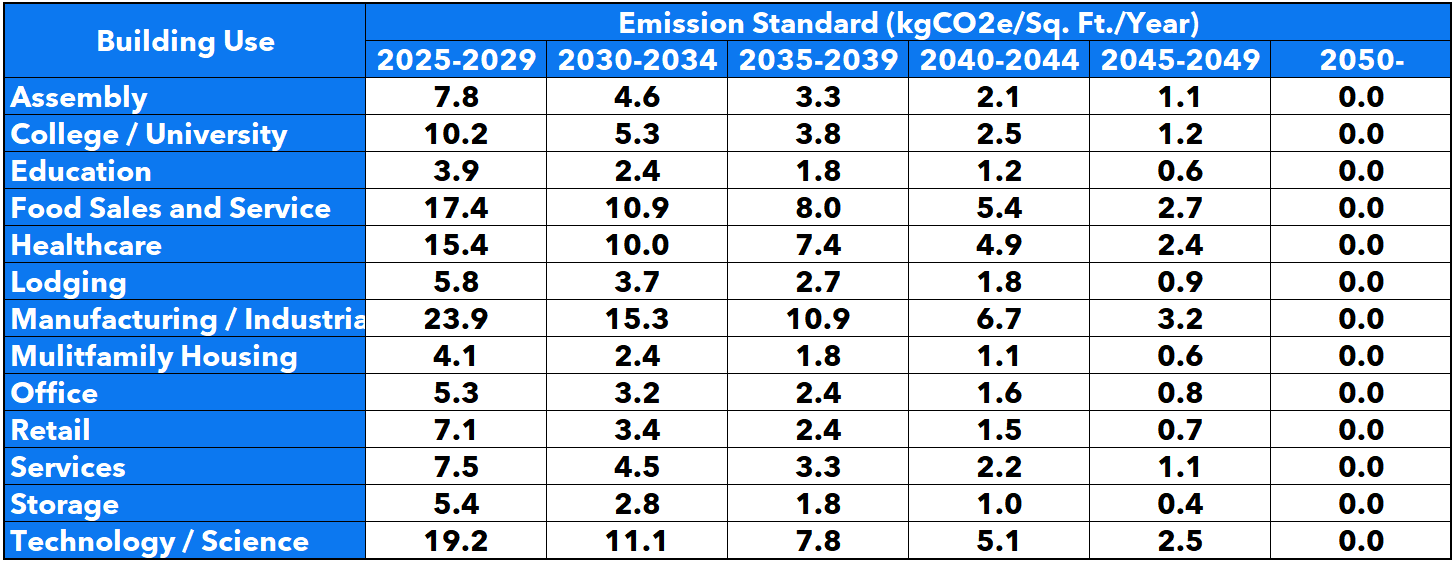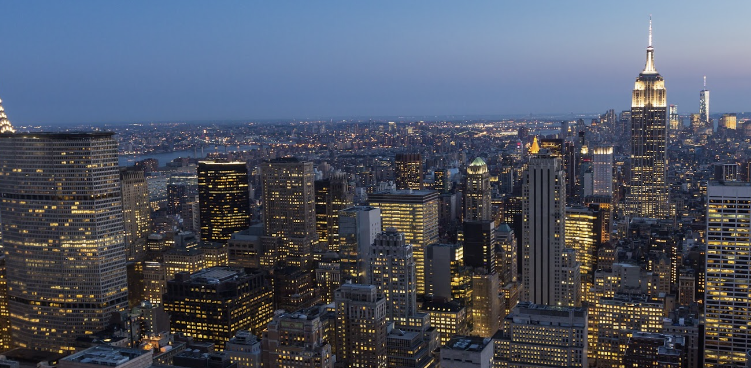Explore Other Resources
Subscribe Today!
BERDO 2.0: Navigating Boston's Enhanced Building Emissions Ordinance
In 2013, the initial implementation of the Building Energy Reporting and Disclosure Ordinance (BERDO) in Boston concentrated on compelling large buildings to disclose their yearly energy and water consumption. A decade later, BERDO 2.0 was introduced to broaden the scope, now requiring reporting not only on energy and water but also on carbon emissions from buildings within the City of Boston.
In the fall of 2021, the City of Boston introduced BERDO 2.0, the second iteration of the Building Energy Reporting and Disclosure Ordinance. Originating in 2013 and inspired by New York City's Local Law 84, the original BERDO mandated large Boston buildings to collect and report energy usage, fostering gradual improvements through enhanced measurement, tracking, and transparency.
Over the past decade, it became evident that tracking should extend beyond energy consumption to include greenhouse gas (GHG) emissions, akin to New York City's addition of Local Law 97. With the new rule enacted in the fall of 2021, BERDO underwent a transformation into the Building Emissions Reduction and Disclosure Ordinance. This post explores the changes affecting numerous buildings in the City of Boston.
Buildings Subject to BERDO 2.0:
- Residential buildings with more than 15 units.
- Non-residential buildings with over 20,000 square feet.
- Any tax parcel with multiple buildings adding up to 15 units or 20,000 square feet.
Emissions Performance Standards: Under the updated BERDO 2.0 emissions rule, buildings must adhere to emissions caps specific to each type of space classification. Starting in 2025, residential buildings with over 35 units and non-residential buildings with over 35,000 square feet must meet these standards. Compliance for residential buildings with 15-34 units and non-residential buildings between 20,000 and 34,999 square feet begins in 2030.

The enforcement of performance standards begins in 2025 (to be reported on in 2026), allowing time for preparation. Buildings exceeding the emissions standard will face fines.
Building owners and operators are encouraged to initiate planning and take proactive steps. Engaging a team of qualified advisors to review energy and emissions data, assess compliance with upcoming emissions caps, and consider strategic changes like electrification, fuel switching, and capital projects is essential. Balancing energy cost and risk with emissions considerations is imperative as the city moves towards its climate goal.
Compliance Mechanisms Include:
- Direct Emissions Reductions: Upgrade to high-efficiency appliances and lighting, upgrade heating and cooling systems, improve insulation, and tighten window seals.
- Local Renewable Generation and Renewable Energy Purchases: Invest in rooftop solar, community solar, purchase Renewable Energy Certificates (RECs), and enter into renewable Power Purchase Agreements (PPAs).
- Alternative Compliance Payments: Pay the requisite penalty, currently set at $234 for every metric ton of carbon dioxide equivalent over the building's limit.
Flexible measures will also be available to assist building owners in achieving net-zero by 2050.
For additional information on ensuring compliance in the most cost-effective way, please Contact us to schedule a quick call.
